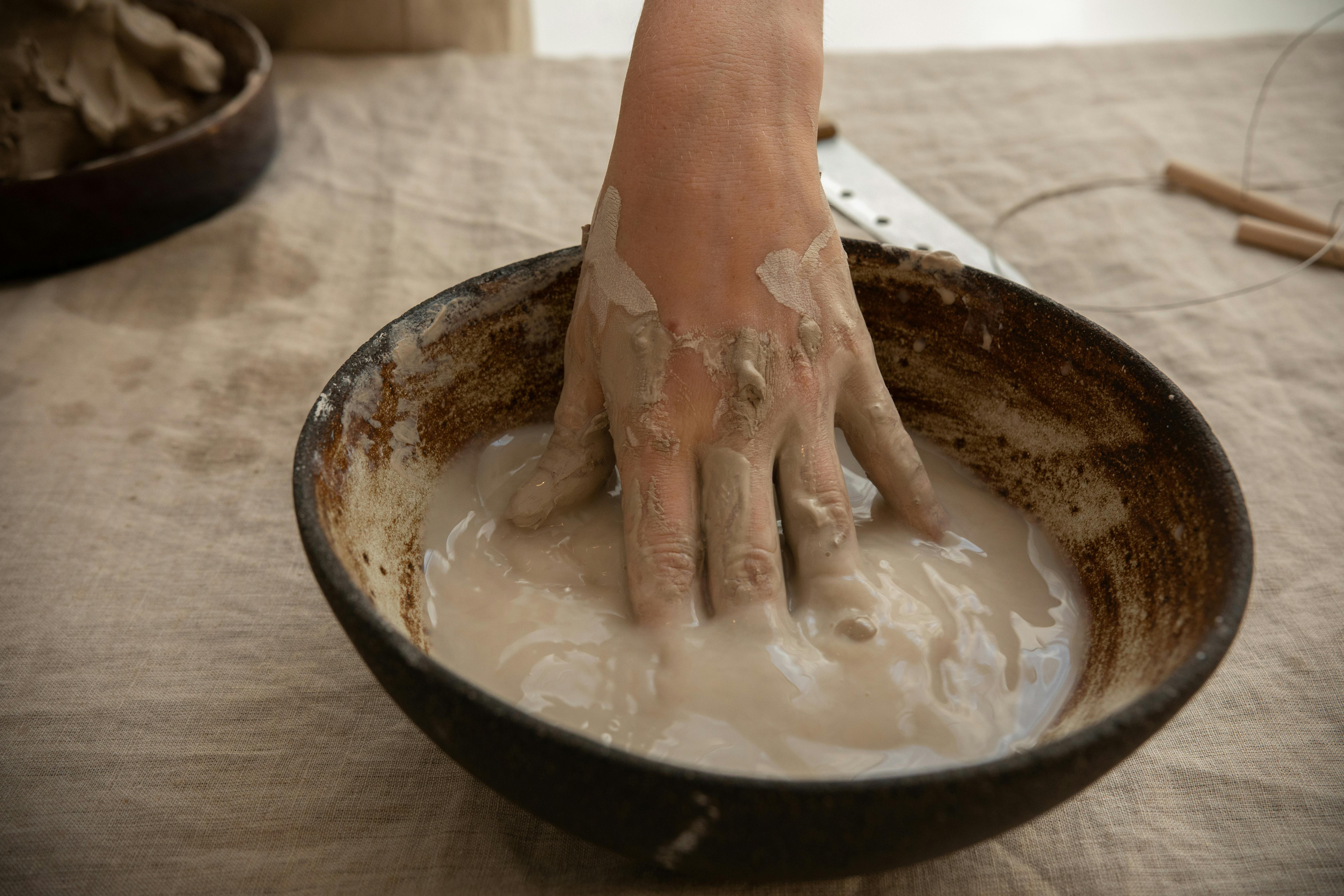Can Trenchless Sewer Relining Be Done
Sewer repair is a necessary part of owning a home, but it can be an unpleasant experience. Traditional methods involve digging up your entire sewer line to locate and repair the problem area. This can be time-consuming and expensive for the homeowner. Trenchless methods offer a less invasive alternative. These include pipe lining and pipe bursting technologies that can be used to replace or repair your existing sewer pipes.
The cost of trenchless sewer relining is more than traditional repairs, but it is still significantly less than tearing up your yard to replace your damaged or clogged sewer lines. The relining process also offers a much more durable pipe that can last for over 50 years or even 125 years with the proper care. The epoxy used to create the liners and new pipe is as strong as cast iron or steel, so you can expect your pipes to be fully functional for a long time to come.

One of the most common concerns homeowners have when seeking a professional for a sewer repair is whether they will be able to use this technology on older, deteriorated pipes. The answer is yes. In fact, trenchless sewer relining is a great solution for anyone with older pipes due to its versatility and effectiveness.
Can Trenchless Sewer Relining Be Done on Older Deteriorated Pipes?
This type of repair works by placing a specialized liner inside the existing pipe that closes up any cracks, holes, channeling or other issues in the drain line. The result is a solid, new pipe within the old one that is free of problems like root intrusion or age deterioration. It can even be used to fix pipes with low capacity due to sagging or undersized pipes.
Getting your pipes relined by a qualified contractor is simple and quick. First, the existing sewer line is hydro and mechanically cleaned. Then, a flexible tube resembling a neoprene sleeve that is saturated with resin is inserted into the existing pipe. The sleeve is then inflated with compressed air to press it tightly against the walls of the pipe. Once it has set, the sleeve will form a strong, solid pipe that resembles heavy-duty PVC. This method is also known as cured-in-place (CIPP) pipe lining.
Another popular option is to use pipe bursting to replace the existing line without trenching. This involves digging a small access hole at each end of the sewer line where it enters your property and where it connects to the main sewer line. A machine is then used with a special bursting head to break apart the old pipe while pulling a new, flexible memory pipe in its place. This method is typically used when the original pipe is made of a material called Orangeburg. The pipe bursting technique is also great for replacing old, damaged or undersized pipes in general. Both methods can save your property from costly and time-consuming excavation. Contact a reputable plumber to learn more about your trenchless sewer relining options.


Recent Comments